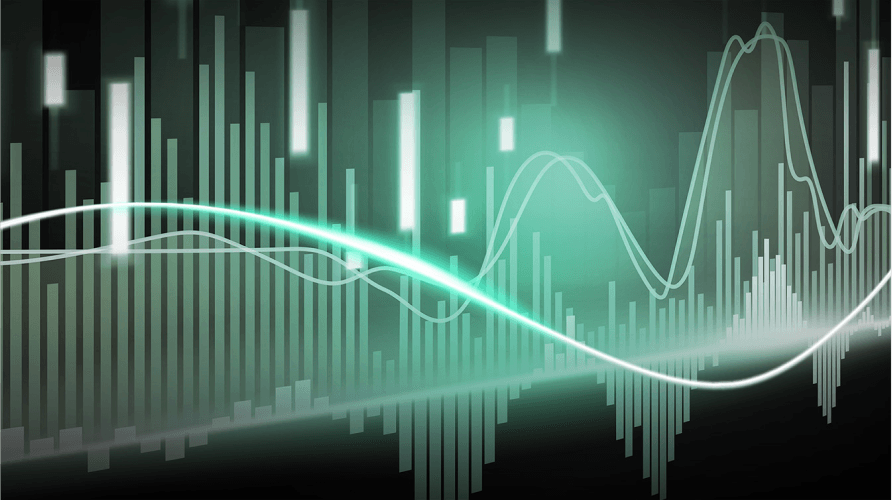What is stock? (not the soup kind)
You’ve heard of stock before, but what is it, really? The stock of a corporation is made up of all the shares its ownership is divided into. A share is a unit of a corporation bought and sold on a stock exchange. That’s right, even everyday consumers/people can own fractions of huge multi-billion-dollar corporations like Google. Pretty cool, huh?
An exchange for stocks and securities, or a bourse, is a place where stock brokers and traders can buy and sell financial instruments, including shares of stock and bonds. You can think of an exchange as a marketplace for slices of a corporate pie (I like to think of it as pumpkin pie since that’s my favorite).
There are 79 stock exchanges worldwide. Only 16 of these have a market cap of over $1 trillion each, referred to collectively as “$1 trillion club”.
Stock market participants range from individual stock investors to larger investors such as banks, insurance companies, pension funds, and hedge funds.
The largest market in the world participating in stock trading is the US, which holds 40.01% of the total market cap of stocks worldwide as August 2018. A hefty slice of pie indeed!
The operation of stock exchanges
Here’s how stock exchanges work: potential buyers bid a specific price for a number of stock shares and potential sellers ask for a price of their choosing for the shares. Buying or selling at the market means accepting any ask or bid price. When bid and ask prices match, any sales occur on a first-come first-served basis (as there can be multiple bidders at the same price). That means that if there are multiple bidders at the same price, some might not receive any of the shares they bid on, depending on the order in which they place their bid.
There are physical exchanges and virtual ones. The New York Stock Exchange is an example of a physical exchange, complete with a trading floor where multiple traders are working, while the NASDAQ is a virtual one where all trading is done over a computer network. The NASDAQ market is also located in New York and has the second-largest market capitalisation in the world behind the NYSE (hence the big American pie slice).

Stock traders typically buy and sell stocks frequently to capitalise on short-term price fluctuations, rather than investors, who buy stocks with the intention of keeping them for longer periods of time in the hopes of their value appreciating, or increasing. Think of it as the difference between a daily hustle for income and a lower-effort, auxiliary source of profit.
Modern trading
These days, people trade digitally, often sitting at their computer watching certain technical and fundamental indicators for signals to enter or exit a position. Traders may know exactly which conditions they are looking for to execute a trade, with nothing left to do but monitor and wait for those conditions to be fulfilled. This waiting game can be tedious, unpleasant, and even stressful.
But what if you didn’t have to monitor the market while waiting for the right situation to present itself? What if you could simply create a strategy and allow it to execute without your interference?
Automation: A revelation
With automated trading, you can. Automated trading apps allow traders to implement their precise entry and exit rules and then sit back and let automation take care of the rest. The algorithmic software monitors the market for entry and exit conditions and then executes them exactly when they are fulfilled, much more quickly than humanly possible. Automated stock trading apps also take the emotion and bias out of trading, ensuring that traders’ hard-won strategies are followed through on.
But wait, you say. Aren’t there drawbacks too?
As with everything in life, automated trading isn’t always perfect. Automated stock buying and selling can be plagued by mechanical and technological failures, such as an order not being sent to market due to connectivity issues, power losses, or computer crashes. That’s why even trading strategies automated on algorithmic software need to be monitored by traders implementing them.
But of course, an automated strategy that needs only to be monitored sometimes is better than the belabored monitoring required for manual trading.
Now you’re wondering – isn’t this whole automation thing complicated to use or at least expensive?
Not with Capitalise. When you automate your trades with Capitalise, all you need to know is how to write your trading strategies in plain English. Capitalise takes care of the rest, monitoring the market for your conditions and executing your trades from start to finish. Capitalise also allows you to add multiple conditions into your strategies based on technical indicators, fundamental indicators, and protective measures such as trailing stop losses and total P&L. And the icing on the cake (or, err, whipped cream on the pie) is that Capitalise is free – for now.
So why not give it a try? There’s never been a better time to Capitalise on your ideas.
